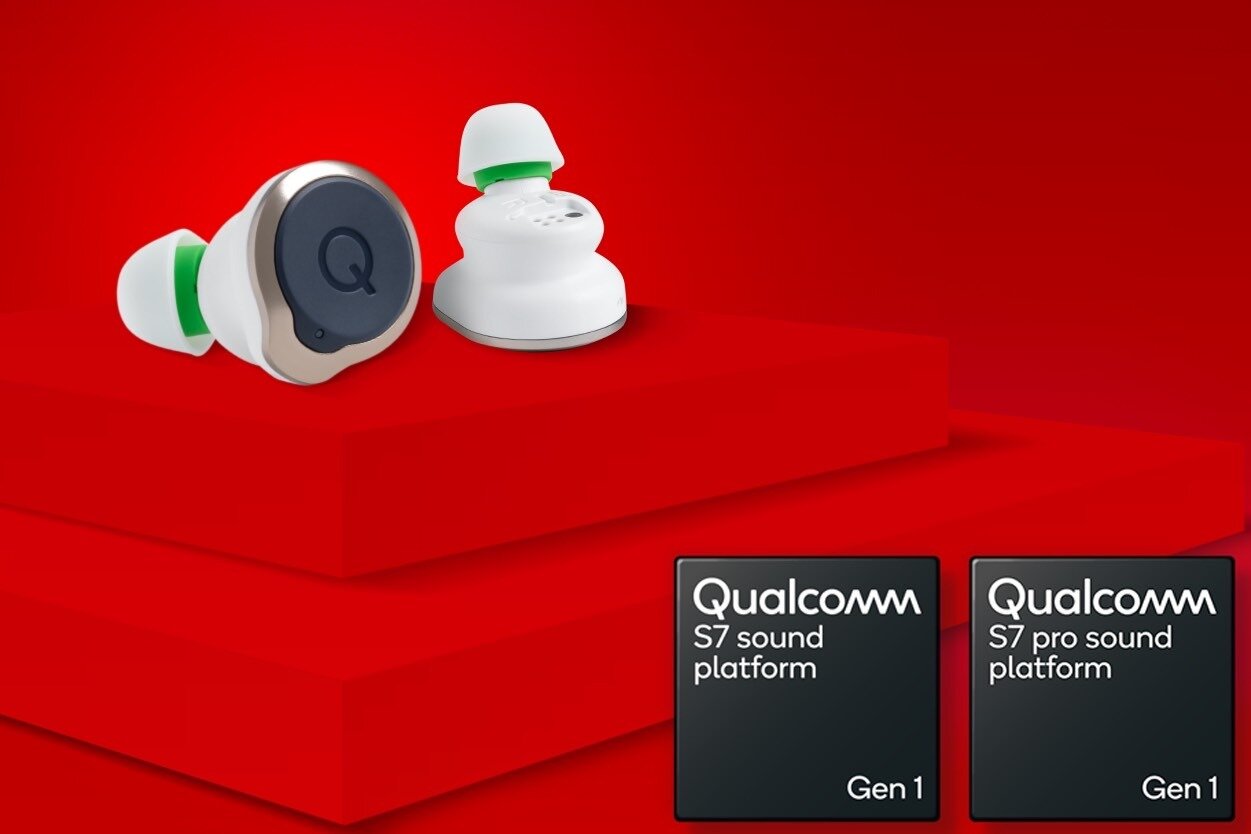
The advanced technology, called XPAN, uses an ultra-low-power version of Wi-Fi built into the new S7 Pro Sound Platform Gen 1 chip. The company announced the new wireless headphone platform at this year’s Snapdragon Summit, along with the unveiling of the Snapdragon
Traditional Wi-Fi consumes enough battery to be built into a headset, but efficiency innovations from Qualcomm allow XPAN to reach the Bluetooth range with 96 kHz lossless audio streaming for 10 hours, with the same Bluetooth range with 48 kHz audio quality .
XPAN intelligently switches between Wi-Fi and Bluetooth depending on signal strength. This provides wider coverage, taking advantage of existing home Wi-Fi networks to go beyond the standard Bluetooth range of 33 metres. Seamless switching prevents interruptions when playing music or during phone calls. As one Qualcomm executive says:
Today we can deliver 24-bit, 48kHz audio over Bluetooth using AptX Adaptive as part of Snapdragon Sound and it is far from lossless quality because it is lossy. We cannot get lossless quality at 24bit and 96kHz because the bit rate cannot be supported by Bluetooth. But now that we can reduce the power consumption and we can put Wi-Fi in the headphone, we can deliver 96 kHz lossless audio to the headphone via Wi-Fi. And you’ll see that we can do it with the same 10 hours of playback using a 50 mAh battery. So we can deliver lossless audio over Wi-Fi with the same power consumption as lossy Bluetooth audio.
The high bandwidth of Wi-Fi also enables functionality that is impossible for Bluetooth. It’s now possible to enjoy 24-bit/192kHz high-resolution music, Dolby Atmos surround sound, and more. However, XPAN currently only works with Snapdragon Sound-enabled devices, which are currently only a handful of smartphones.
In addition to XPAN, the S7 Pro and S7 platforms support modern Bluetooth features like LE Audio and Auracast. It also features enhanced active noise cancellation with adaptive transparency function. Even hearing improvement is included through personal sound enhancement.
The first headphones compatible with the new technology are expected to be released over the next year, while an Android device that will integrate the new Snapdragon 8 gen 3 that was just announced is also required.
-
3
-
1

“Total alcohol fanatic. Coffee junkie. Amateur twitter evangelist. Wannabe zombie enthusiast.”







More Stories
Is this what the PS5 Pro will look like? (Image)
Finally, Windows 11 24H2 update significantly boosts AMD Ryzen – Windows 11 performance
Heart Surgeon Reveals The 4 Things He ‘Totally Avoids’ In His Life